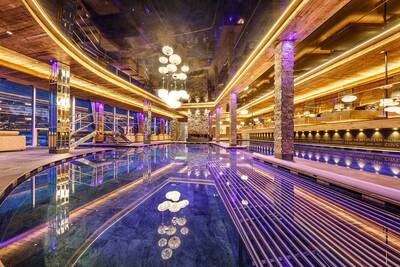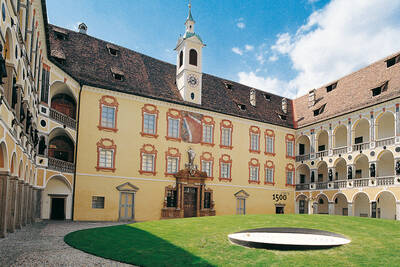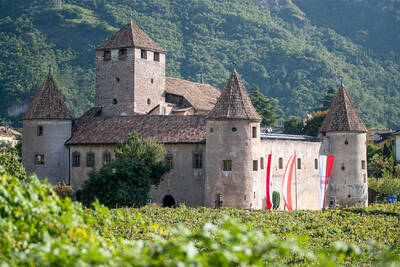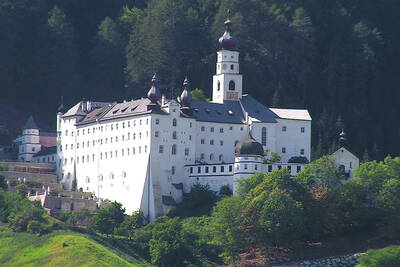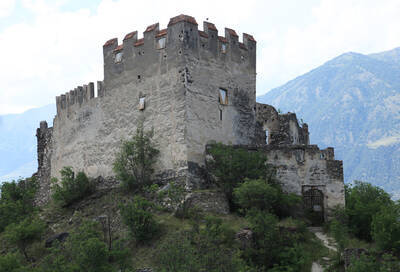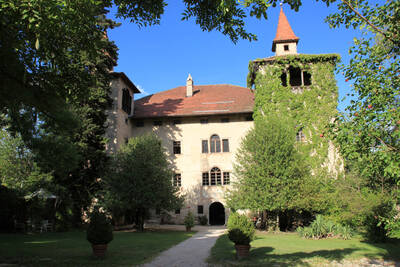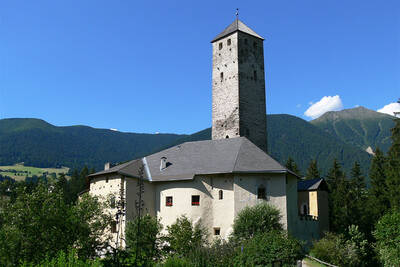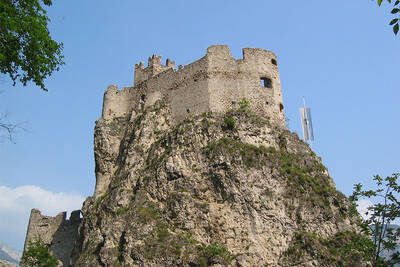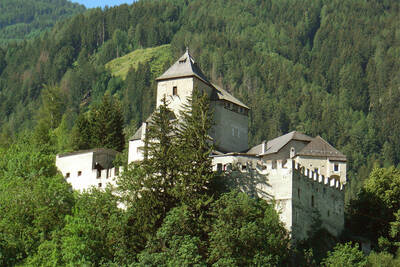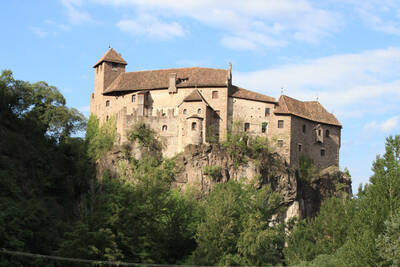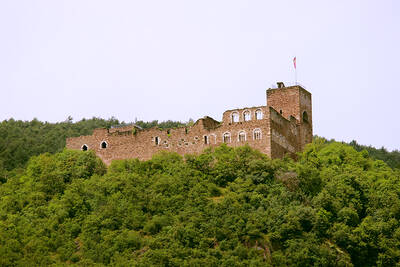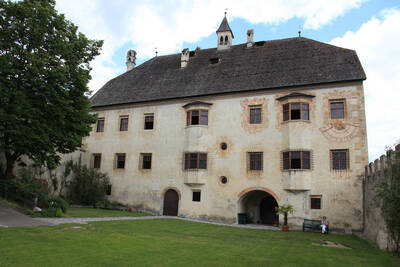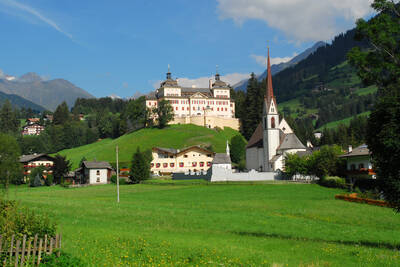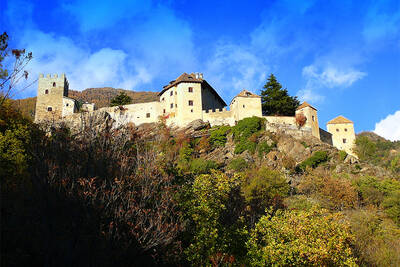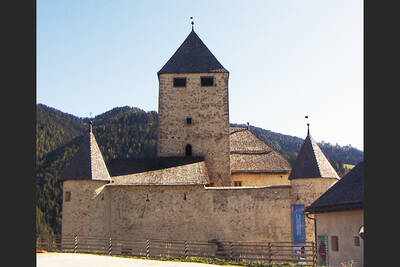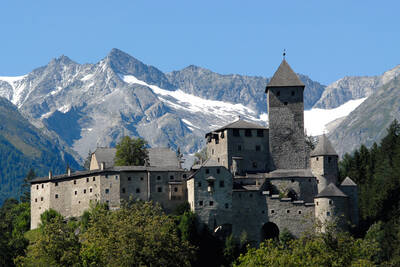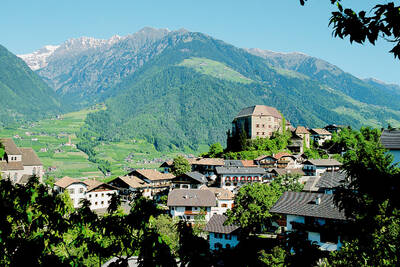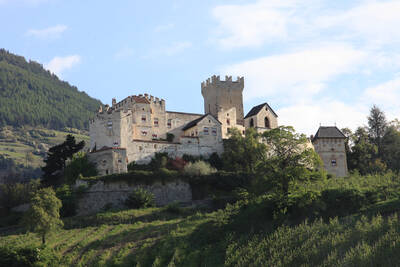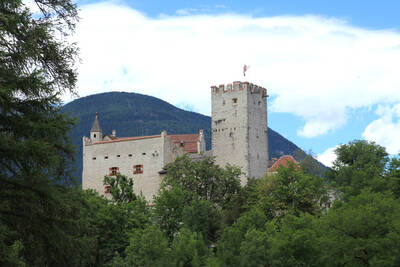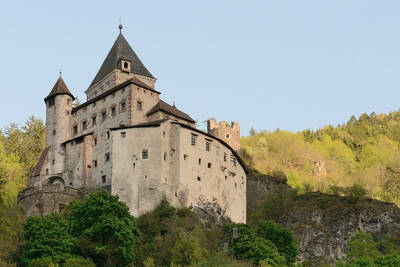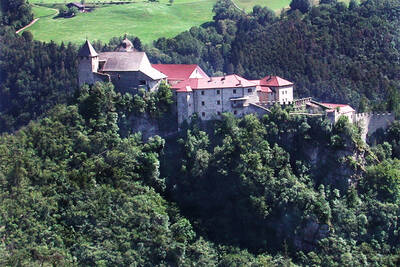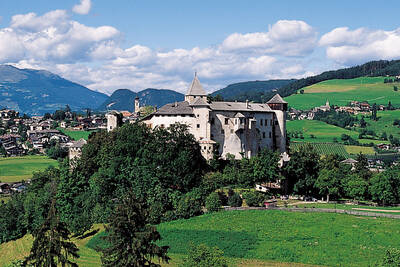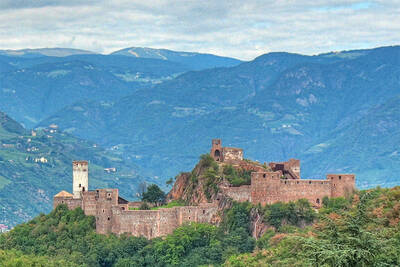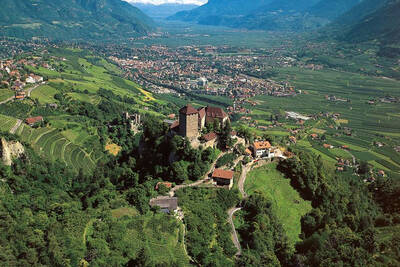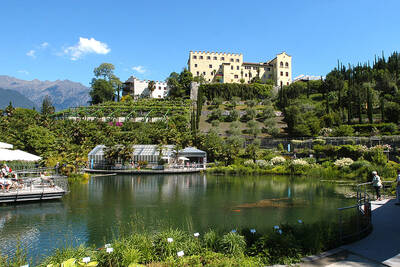Castle Kastelbell was originally built by the Lords of Montalban. This family was once very powerful and thus came into competition with the Counts of Tyrol. In the course of these disputes, Castle Kastelbell fell into the possession of the sovereign princes. From about 1300, Kastelbell was also the seat of a jurisdiction.
After several changes of ownership, the Hendl family finally received the castle as a fief in 1531. The Hendls originated from Switzerland and came to Tyrol at the beginning of the 14th century, where they made a name for themselves as ministeriales in the provincial administration and were finally raised to the rank of counts in 1697. The Hendls significantly altered and expanded Castle Kastelbell. Both the defensive fortifications on the mountain side and the residential area were expanded several times. However, at the beginning of the 19th century, the complex was almost completely destroyed by fire twice – in 1813 and 1824.
Only a part of the buildings was rebuilt for residential purposes, the rest fell into ruin – as the economic situation of the counts had significantly worsened. The last male member of the family, Count Siegmund von Hendl, died in 1949. His daughter Countess Elvira von Hendl sold Castle Kastelbell to the Italian State in 1956, but continued to live there until her death in 1998. Today, the castle is managed by the municipality of Kastelbell-Tschars and a board of trustees and is an atmospheric venue for exhibitions, readings, and concerts. Castle Kastelbell is not only impressive because of its location, but also with cultural-historical treasures.
The castle gate is of Romanesque origin and was able to be restored to its original state during renovation work. The various rooms are also worth seeing, especially the castle kitchen, the oriel rooms, and the living quarters in the palas. The main attraction is certainly the castle chapel. In the small, simple room, which dates from the first phase of the castle's construction, we find wonderfully colorful and extremely lively frescoes from the Romanesque period and from the 16th century.
Castle Kastelbell is open to visitors from mid-April to the end of October and can be visited as part of a castle tour.







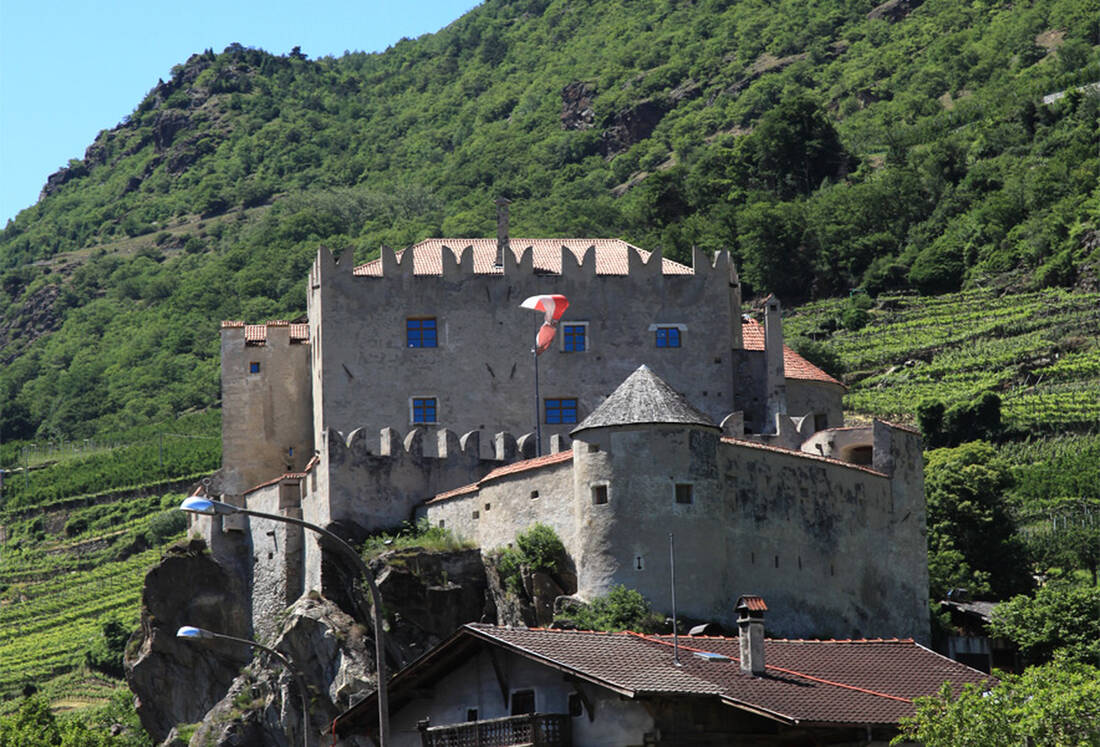
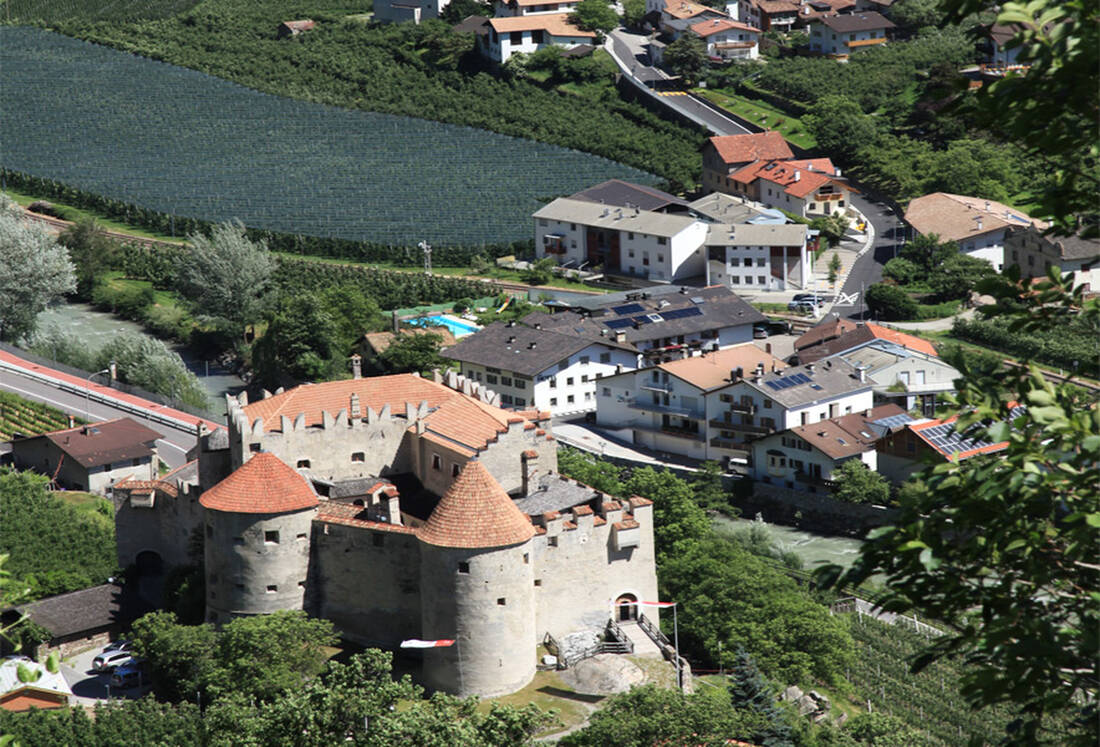
 How do you like the content of this page?
How do you like the content of this page?